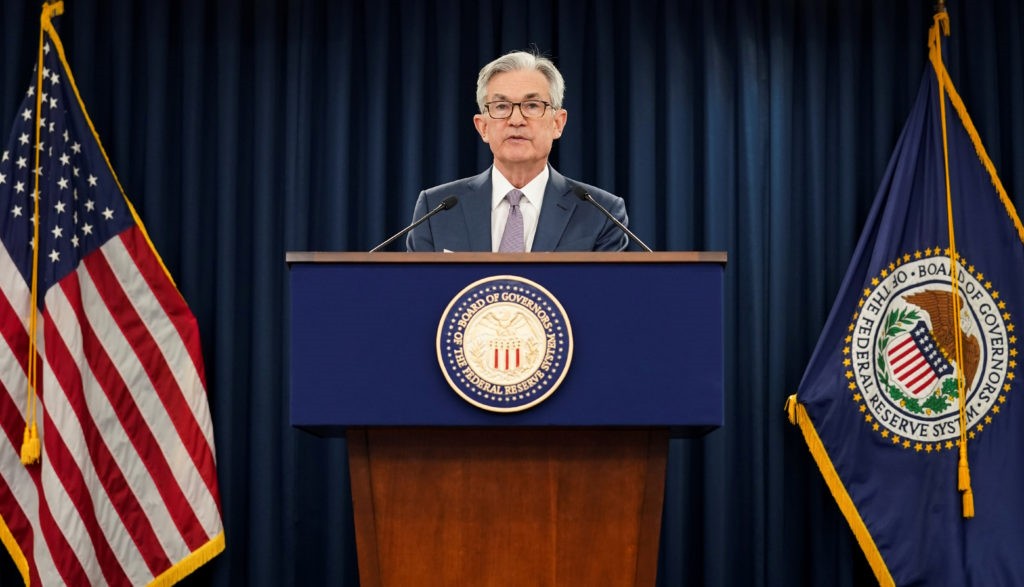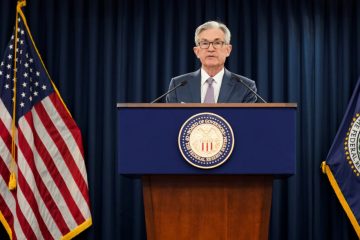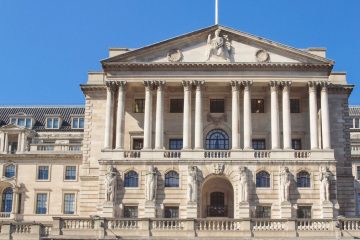Quantitative tightening proves to be a challenging

In the realm of policy jargon, few words hold as much significance as “ample” in today’s landscape. What that word signifies, or rather what the Federal Reserve perceives it to signify, has become a $7.4 trillion question looming over the U.S. economy.
The problem lies in the Federal Reserve’s balance sheet, which is currently at approximately that level. Last week, the Federal Open Market Committee made the decision to reduce the rate at which the balance sheet will decrease. Since June 2022, the central bank has been permitting a monthly roll-off of up to $60 billion in Treasurys and up to $35 billion in mortgage-backed securities. The rate will now decrease to $25 billion per month for Treasurys.
This goes against common sense. The Fed is grappling with persistent inflation. Quantitative easing, the purchases of bonds that expanded the central bank’s balance sheet after 2008, was a significant attempt to boost the economy and increase inflation. Quantitative tightening was included in the Fed’s strategy to address inflation from 2022 onwards. Why decelerate at this point?
Considering that managing inflation is not the sole responsibility of the central bank (and the Federal Reserve is uncertain about the impact of quantitative easing on inflation), Since 2008, the central bank has made significant changes to the American financial system, which is now posing limitations on the Fed’s ability to reduce its balance sheet.
The issue lies in the liabilities of the central bank, which have naturally grown alongside its assets. Bank reserves experienced a significant increase during the period of quantitative easing, which posed a notable liability. Commercial banks hold massive deposits at the Fed to ensure their liquidity. Currently, these deposits amount to $3.3 trillion, a decrease from the peak of $4.3 trillion in late 2021.
Things have not always been like this. Prior to the 2008 financial crisis, reserve balances were relatively small compared to the overall size of the economy, amounting to only a few tens of billions. Banks, in order to manage liquidity, opted to borrow from and lend to each other on a short-term basis.
Regulatory changes since 2008 have compelled banks to increase their reserves, and the Fed has further incentivized this accumulation by offering banks interest on reserve balances. In the current landscape, banks have shifted their focus to reserve accounts as their main source of meeting liquidity requirements, resulting in a significant decline in the overnight borrowing market.
The Fed characterizes this new system as an ample-reserves regime—however, the exact definition of “ample” remains unclear. The amount of reserves banks desire to hold is influenced by a combination of regulations, market dynamics, and managerial choices. It’s interesting to note how the central bank’s estimates of expected reserve demand have undergone significant changes over time. Initially, the estimates were as low as $100 billion in the mid-2010s, but they have since increased to $1 trillion in late 2018 and currently stand at around $2.3 trillion.
This is particularly worrisome because the Federal Reserve has additional significant obligations that impact its capacity to fulfill the uncertain reserve demand of banks. Of particular importance in this context is the Treasury general account, which refers to the federal government’s checking account at the Fed. The TGA has experienced significant growth since 2008 (prior to that, Treasury stored most of its cash at private-sector banks) and it exhibits a high level of volatility. Seasonal tax payments, for example, swiftly drain funds from the banking system and lead to a decrease in bank reserves while simultaneously boosting the TGA.
If a change in the TGA or elsewhere on the Fed’s balance sheet leads to a decrease in bank reserves below a certain unidentified minimum level, it could create some difficulties. This has already occurred before. In 2017, the central bank initiated its initial round of quantitative tightening, coinciding with bank reserves of approximately $2.3 trillion. In September 2019, reserves had declined to approximately $1.5 trillion, which was still significantly higher than the ideal level perceived by the Fed at that time. After a sudden increase in tax payments, the TGA experienced a significant growth, which came at the cost of bank reserves. Interestingly, banks realized that their reserves were actually insufficient. The surge in demand for liquidity led to a rapid increase in overnight lending rates, which proved to be beyond the central bank’s ability to manage.
Chairman Jerome Powell is adjusting the pace of quantitative tightening at the moment due to the Federal Reserve’s desire to prevent a recurrence of the previous unfortunate situation. Is it too early to be cautious? It’s worth noting that reserves are currently at approximately twice their level before the pandemic and after September 2019. However, one can comprehend the concern.
His larger predicament is this: Many of the Federal Reserve’s innovations since 2008 have been based on the belief that these novel policies, which were not subject to a vote and are often not fully comprehended by the central bank itself, could be readily reversed when necessary. Well, it’s that time amidst a significant increase in inflation over the past 40 years and a fresh discussion on the Fed’s responsibility. However, the central bank is constrained by the so-called “temporary” policies. It is evident that the balance sheet is now a matter of concern not only from an economic standpoint, but also from a political perspective.









